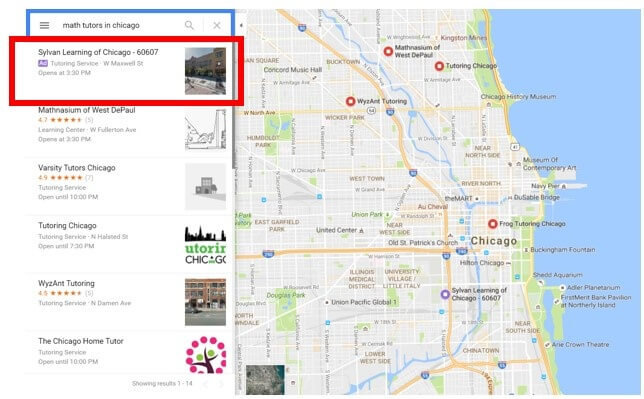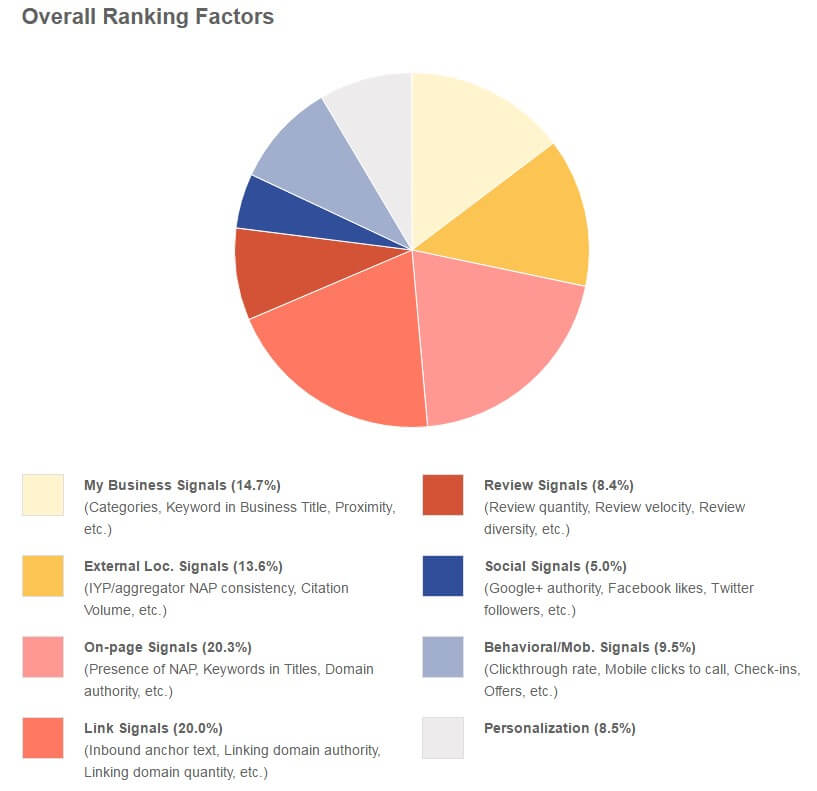It’s that time of year again when we begin to reflect on all that happened in the past year and pull out the crystal ball to speculate on what the 12 months ahead may hold. In the world of local listing management, 2016 was a year filled with major changes that have already begun to shape how 2017 will play out for marketers and brands alike. Here are our top five predictions for what to expect in the world of local presence management in 2017.
- Online to offline tracking will be even more important
Over the last few years, several brands and solution providers have been trying to track “the last mile” of the consumer journey – meaning they are seeking ways to truly connect online activities (i.e. searching for and researching products and services online) to offline transactions and conversions. Even Google has been providing thought leadership around this topic with its Micro-Moments research.
2016 introduced several new ways to further track online to offline activities. For example, Uber allowed their on-demand ride-sharing capabilities to be integrated with store web pages so consumers could call a ride directly from a mobile website.
This trend of tracking and connecting online to offline activities will continue to become more important in 2017. New tracking tools and predictive modelling analytics will emerge to help brands, marketers, and solution providers better leverage the last mile of the consumer journey.
- Local search and paid search will continue blending together
For far too long, the digital channels of paid media, owned media, and earned media were treated as separate and independent of each other. In June of 2016, Google finally acknowledged that paid ads would be coming to the Google Local Pack. Today nearly every search with local intent provides the searcher with two things: a local map pack of results and at least one local paid ad.

Google believes there is value in blending paid and earned media channels – in the form of revenues for Google and variety for consumers. In 2017, marketers will need to adapt to this changing landscape so they can achieve optimal results for their locations. We predict that these two channels will continue to morph into one. If anything, we may even see more ads show up in this local channel.
- Data aggregators will have their last chance to evolve
The concept of being a listing management “data aggregator” has been around now for over seven years. In local search years, this timeframe seems like forever! In the purest sense, data aggregators would be categorised as companies such as Infogroup, Neustar Localeze, and Acxiom. Additional companies like Factual and Foursquare are also typically grouped into this bunch.
Although the listing management industry has seen major shifts and changes over the last 7+ years, the historical data aggregators companies have not, for the most part, evolved to keep up with the changing industry.
In 2017 we may finally see the data aggregator business model evolve. Data aggregators stand to provide their clients and partners with additional tools and products to help provide value on the services being purchased. This is the year that marketers could begin to see more reporting and analytics come back from data aggregators.
This upcoming year will reach a tipping point for the data aggregator business model. Infogroup, Neustar Localeze, and Acxiom will either evolve – embracing the ever-changing local search landscape and adding value through better reporting, faster distribution and more transparency in their processes and efforts – or they will stay the same and become irrelevant to local search marketers and multi-location businesses.
- Businesses no longer need to be found everywhere online
Being a local search veteran, it was not too long ago that I preached the need for businesses to “be found everywhere online”. A few years ago it was vitally important for businesses to have a visible and accurate listing citation on hundreds of different search directories.
Today, this approach is no longer relevant and should be avoided at all costs. Any business that is being told by a listing management provider that they should be found on hundreds or even thousands of different sites should run away… run far away! Sure, it could be argued that part of the local search ranking factors includes N.A.P. (name, address, and phone number) accuracy on citation sites, but businesses should be concerned about optimising their presence on the directories that matter to their business, not all directories in the ecosystem.

(source – https://moz.com/local-search-ranking-factors)
In 2017, businesses should analyse where they are getting the most web traffic from and put a plan in place to address the citation sites which are affecting web traffic and customer service needs for online reputation. Most often, this approach shows that businesses need to have a plan in place for a dozen or so directories such as:
- Bing
- Apple Maps
- Yelp
- Foursquare
- And niche vertical sites specific to that business
Taking this new approach to local search and listing management will help businesses become more efficient with their budgets and overall digital strategies.
- There will be consolidation of local presence management providers
The local SEO and local presence management space garnered a lot of attention in 2016 due to the evolving ecosystem and major changes in Google. The spotlight on this industry has made it clear to investors that it is a smart move to get involved through mergers and acquisitions. The industry has seen a few consolidations take place over the last few years, including:
Yext acquiring Citrrus (April, 2014)
SIM Partners acquiring SyCara Local (Nov, 2015)
Gannett acquiring ReachLocal (Aug, 2016)
SweetIQ acquiring Connectivity (Sept, 2016)
I recently spoke about how this trend will continue into 2017 in an interview with Street Fight Magazine.
Summary
This past year has taught us two more things: change is constant and expect the unexpected. All marketers should expect these same philosophies to hold true in 2017. A change will happen and while these are the key trends I see coming down the line, you can be sure that the future will also hold changes no one expected. Here’s to an exciting year ahead!
Brett Fritz is VP Business Development, LPM at DAC and a veteran in digital listing management. Throughout his professional career, he’s nurtured start-ups and guided fortune 500 companies in implementing digital strategy from the national to geo-local level. To learn more about what the future holds for LPM, please get in touch!



